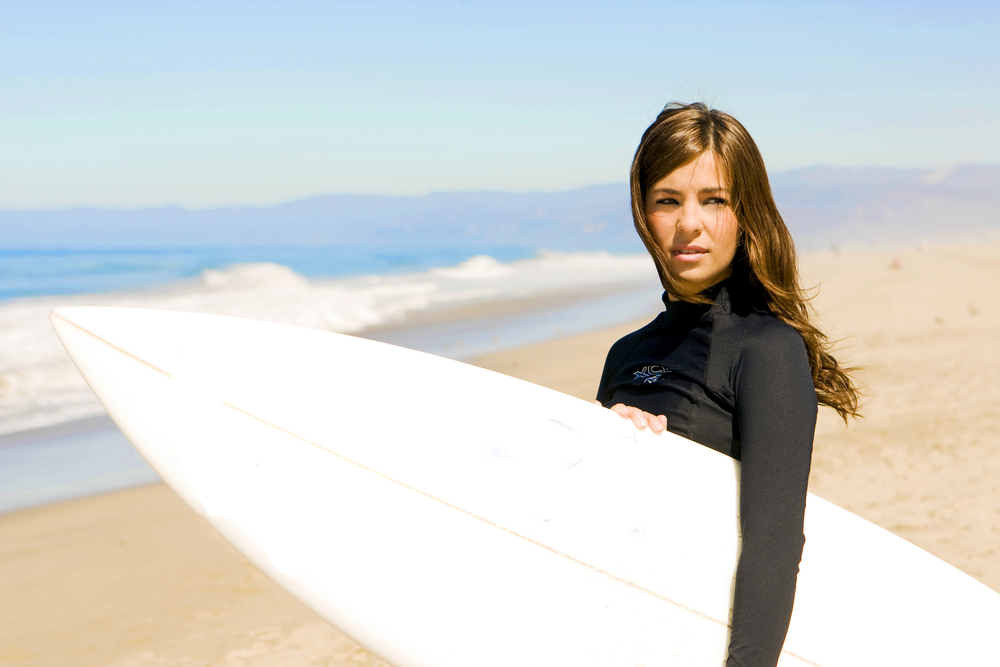Surfing And Surfboard Wax
Posted by ecostinger on 14th Aug 2014
Applying surfboard wax to your board sure helps. The surface of a board is slippery to begin with. Put it in the water and the friction decreases enough that you are constantly falling Off.
Surfboard wax is typically made from about 60% paraffin, 15% microcrystalline wax, about 5% petroleum jelly and a little scented dye. Warm water wax may have a bit more wax and less petroleum jelly.
A more long term alternative to waxing which requires re-application from time to time is available: a deck grip pad. The top surface of a surface is called 'the deck'. The pad is adhered to the board about where the rear foot will be and is (more or less) permanent.
Apart from providing good friction for quick moves, a deck grip helps orient your balance. Boards often slide part way under water and it can be difficult to judge where you are in relation to the tail or nose.
Still, most surfers prefer to use wax. There is something about the
ritual of applying it, cleaning your board and re-applying it that is
soothing. You feel more like a professional surfer.
It has a more practical aspect, too. Waxing your board gives you a good opportunity to check for dings and make repairs.
Applying wax is simple.
Select the type of wax that matches the type of water you surf in, warm
or cold. There's no sharp dividing line, so just make your best guess.
Start with a clean board. Remove any sand or dirt. Clean off any old wax by a combination of gentle scraping with a dull-edged tool and wiping with a cloth soaked in alcohol or commercial surfboard cleaner.
Scrapers can be a stiff piece of cardboard, a thin piece of wood or other instrument. Don't use a sharp metal tool. You'll damage your board. The best option is to buy a specially made tool designed for the purpose of removing surfwax and the special liquid made to clean the board afterward.
Just rub it on anywhere you expect your feet to be. You can wax the whole board. Sometimes, that helps. In most cases, it's a waste of wax. If you surf on a longboard you're very unlikely to have your feet on the nose or tail. Wax is not expensive, but your time is worth something. Consider your personal circumstances. Don't apply wax to the bottom of the surfboard.
It does help to wax the area where your hands grip the rails (the sides of the board). That will decrease slip when you pop up from a lying position to a standard crouch. Rubbing in a circular motion isn't mandatory, but it helps build up raised areas that provide better friction.
Keep the board cool, either in the shade or with a little cool water, in order to avoid the wax melting off before you hit the water. Keep the board from getting sand on it. That creates sandpaper that is painfully rough, even in the water.
Avoid prolong hours in the sun and coverup with sun protection surf rash shirt when possible covering the shoulders, neck and arms.

